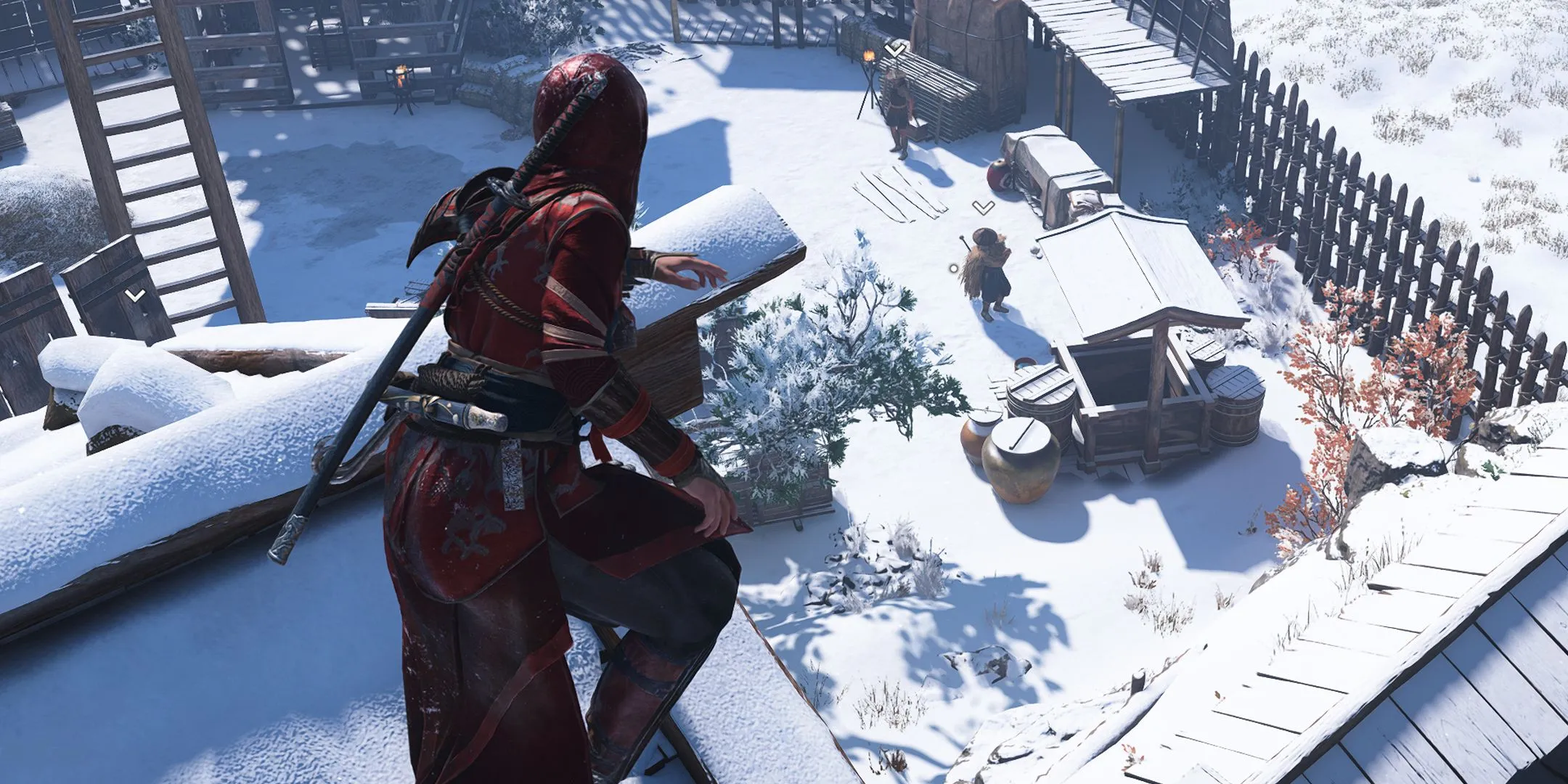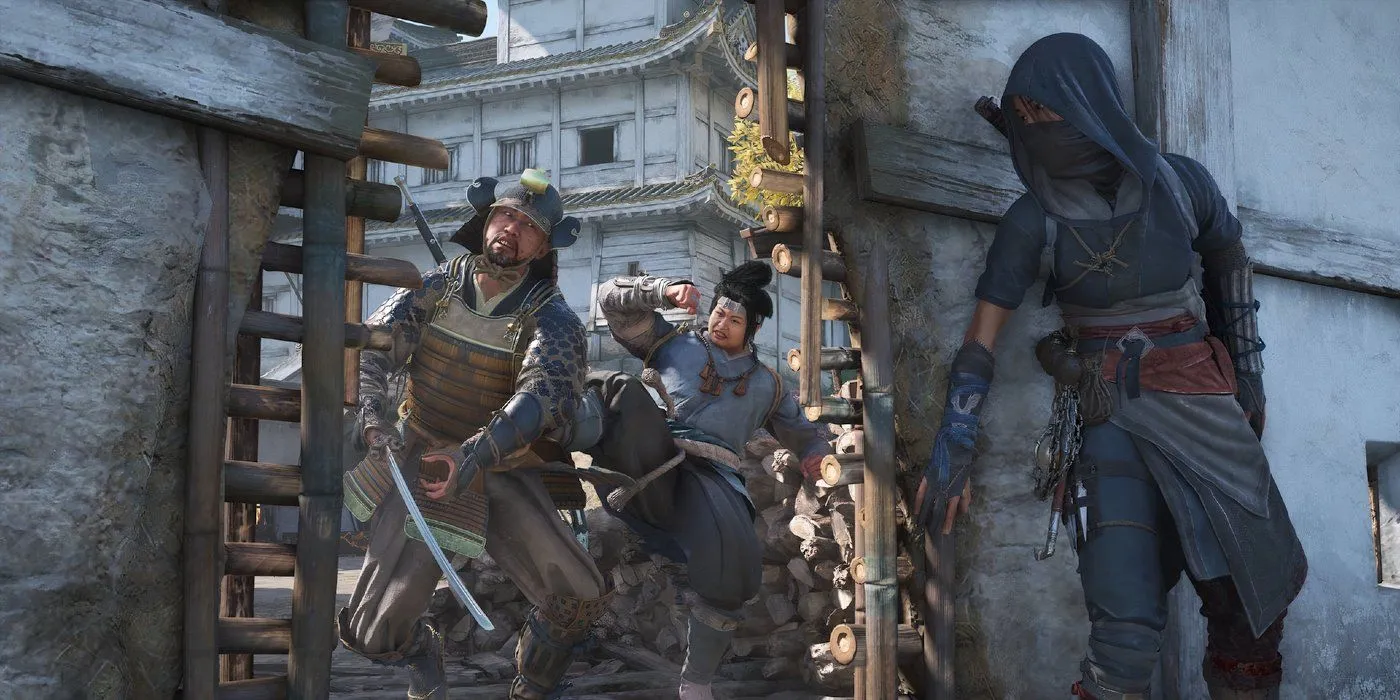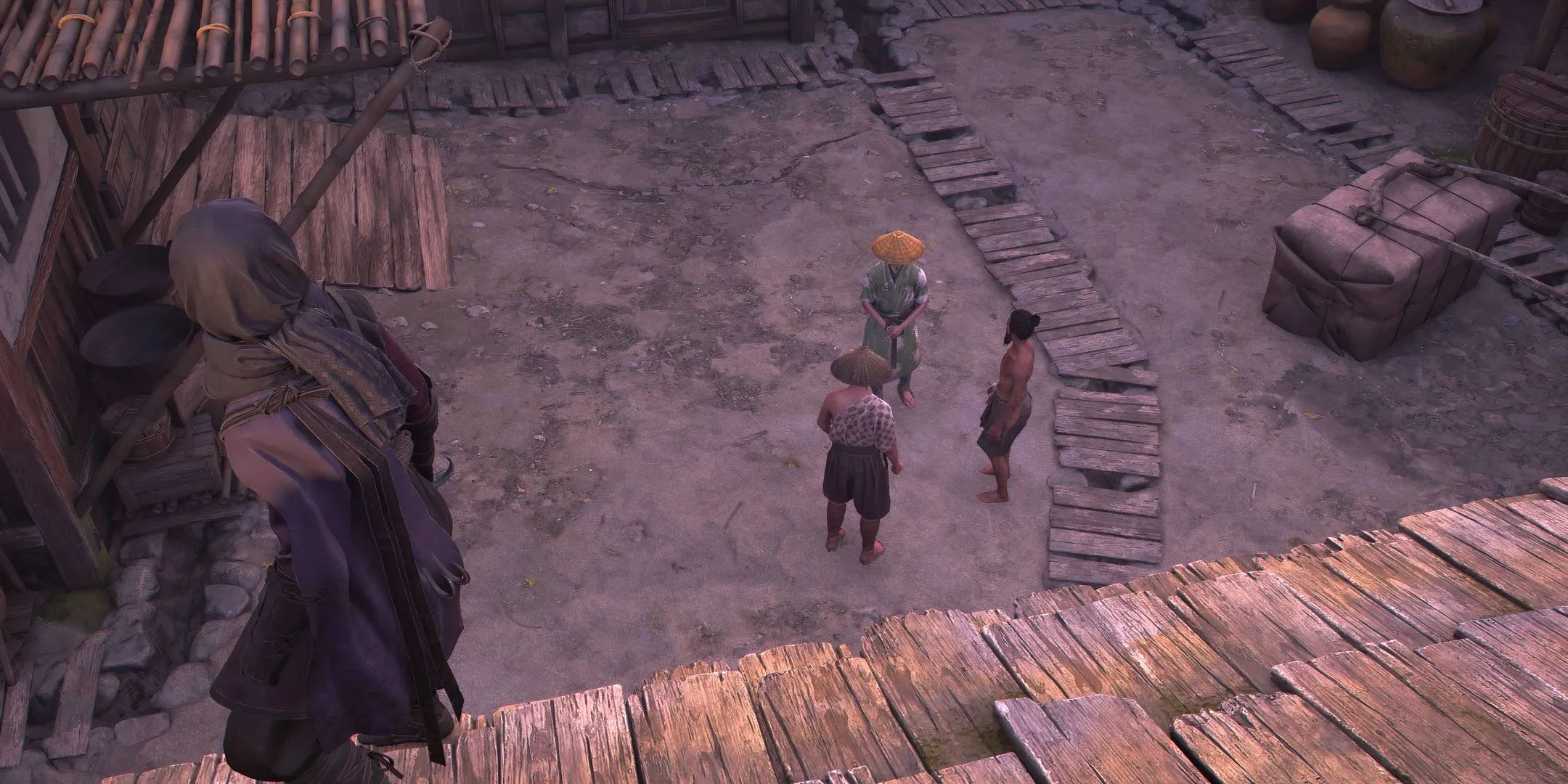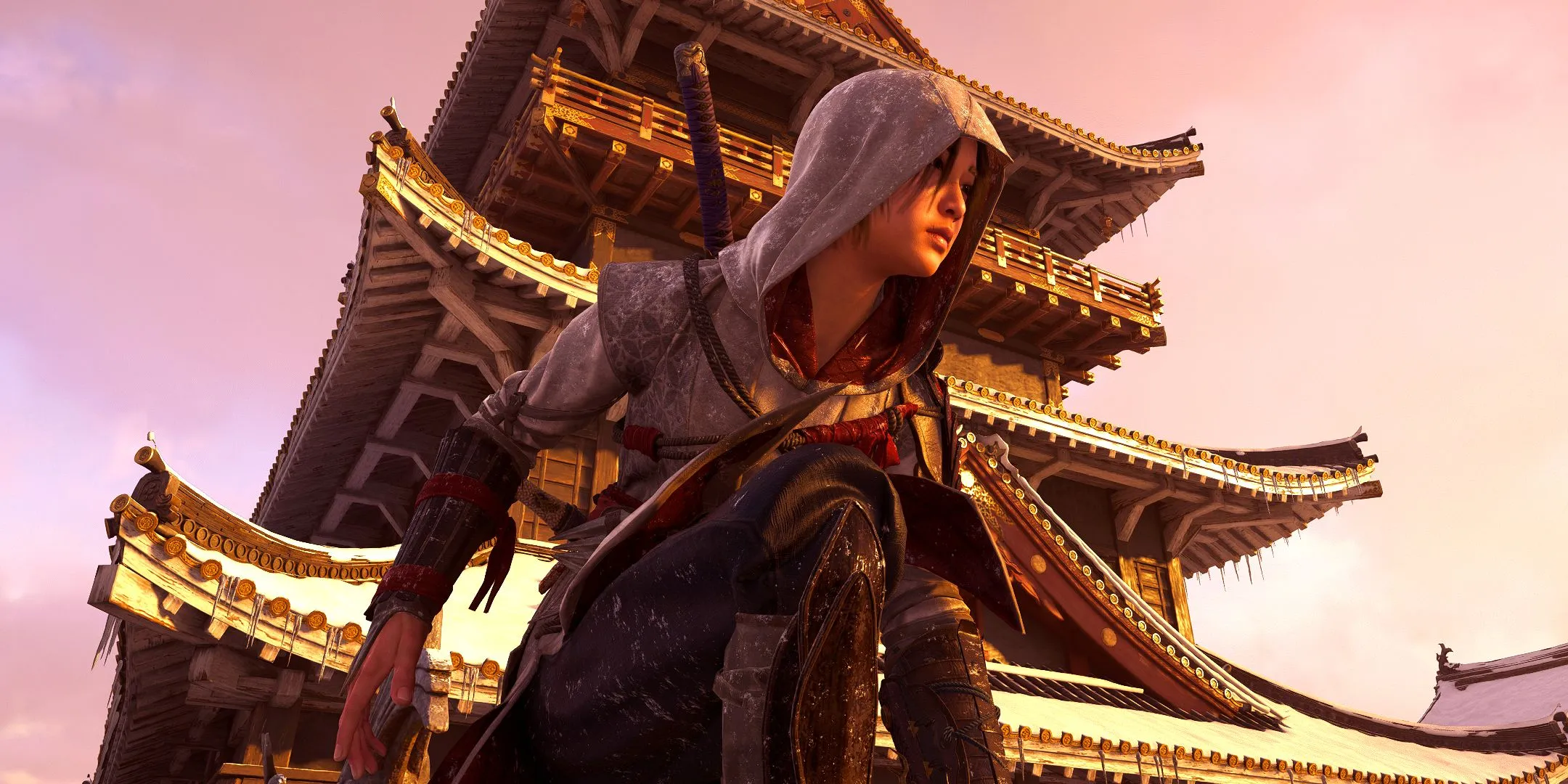In my opinion, Assassin’s Creed Shadows stands out not only as Ubisoft’s finest offering in recent years but also as one of the premier entries in the Assassin’s Creed series. Although my enthusiasm for its historical context may influence my perspective, the game deserves accolades for its remarkable advancements in exploration, storytelling, and stealth mechanics. Shadows consistently surpasses its predecessors—particularly the more recent titles in the franchise—in almost every respect, meeting and even exceeding the expectations fans have set.
It’s essential to note that my intention is not to dwell on the negatives of Shadows. Given that I often find myself critiquing various aspects of games, it’s refreshing to celebrate something that has so effectively revitalized the franchise for me. However, one area where Shadows falls short is worth addressing. While it’s tempting to focus solely on the positive aspects, pinpointing its weaknesses could provide valuable insights for future developments.
Stealth Mechanics: An Underwhelming Element
The Limitations of Noisy Floors and NPCs



As Ubisoft promoted Assassin’s Creed Shadows, the introduction of new stealth features garnered attention, particularly the Nightingale Floors and servant NPCs. Nightingale Floors, inspired by historical techniques from Feudal Japan, are designed to creak underfoot, alerting guards to an intruder’s presence. Servants, depicted as non-combative characters, similarly notify guards if they spot a player in forbidden areas.
These features aim to create a more immersive world in Shadows while intensifying the challenges of stealth gameplay. Unfortunately, the execution of these mechanics leaves much to be desired. Nightingale Floors are infrequent, mostly appearing in castles that feel unnecessary to explore thoroughly; access to main rewards often exists through alternate routes. Despite their intriguing design, their limited presence diminishes their memorability.
As for the servants, they contribute to a bustling environment with engaging animations and cheerful humming. Yet, even at the game’s highest difficulty, they are easily dispatched like standard enemies, with no consequences for their elimination. This lack of consequence reduces their role to mere distractions rather than formidable obstacles. It would be beneficial for Shadows to implement a system where servants can only be incapacitated temporarily, with penalties for their deaths. This change would encourage players to adapt their strategies around these characters, enhancing both gameplay and narrative depth.
Enhancing Shadows with Light: A Missed Opportunity
A Lack of Impact on Gameplay

Despite the shortcomings of the Nightingale Floors and servant mechanics, the game’s most unfortunate oversight lies in the use of light. Ubisoft heavily promoted the significance of lighting in stealth gameplay, claiming that players should stay in the shadows to avoid detection. While tactics like extinguishing flames or turning off lanterns were advertised as critical, the actual gameplay experience has not aligned with these anticipations.
My discoveries within the game indicated that daytime exploration added minor challenges. Although nighttime shifts occurred during infiltrations, much of the experience felt unchanged. While the prompt to extinguish lights occasionally appears, it rarely feels necessary, as the guarded areas often lack sufficient threats to warrant such actions.
In less illuminated spots, the implementation of light security is poorly executed. Night should significantly darken, requiring players to rely on light sources to navigate while simultaneously keeping them cautious of guard proximity. Ubisoft’s conservative approach to lighting detracts from its potential impact, preventing Shadow from fully realizing the immersive atmosphere that this mechanic could enrich.
Foundation for Future Assassin’s Creed Titles
Outstanding Attributes

While there are finer issues within Shadows’ stealth mechanics, they mostly do not hinder the overall experience. I truly desired that the Nightingale Floors and light elements had a more substantial impact, but even in their absence, the stealth gameplay remains intensely captivating and enjoyable. Sneaking through the intricacies of castles as Naoe remains a gratifying endeavor, with the game excelling in delivering refined mechanics and innovative gameplay.
For these reasons, I contend that Shadows’ approach to stealth should serve as the blueprint for future Assassin’s Creed installments. The game’s emphasis on linear exploration and cinematic storytelling, in particular, should inspire the direction of upcoming projects. With smooth parkour and a versatile stealth framework, Shadows establishes a gold standard that Ubisoft ought to refine and build upon in subsequent titles.
Incorporating more innovative stealth mechanics, akin to a historical variant of the Nightingale Floors, would further elevate future titles. Clearly, Assassin’s Creed Shadows represents a significant investment in development, and its strengths signal potential for further enhancements to the somewhat underplayed stealth elements, making it an excellent case study for the next generation of Assassin’s Creed games.


